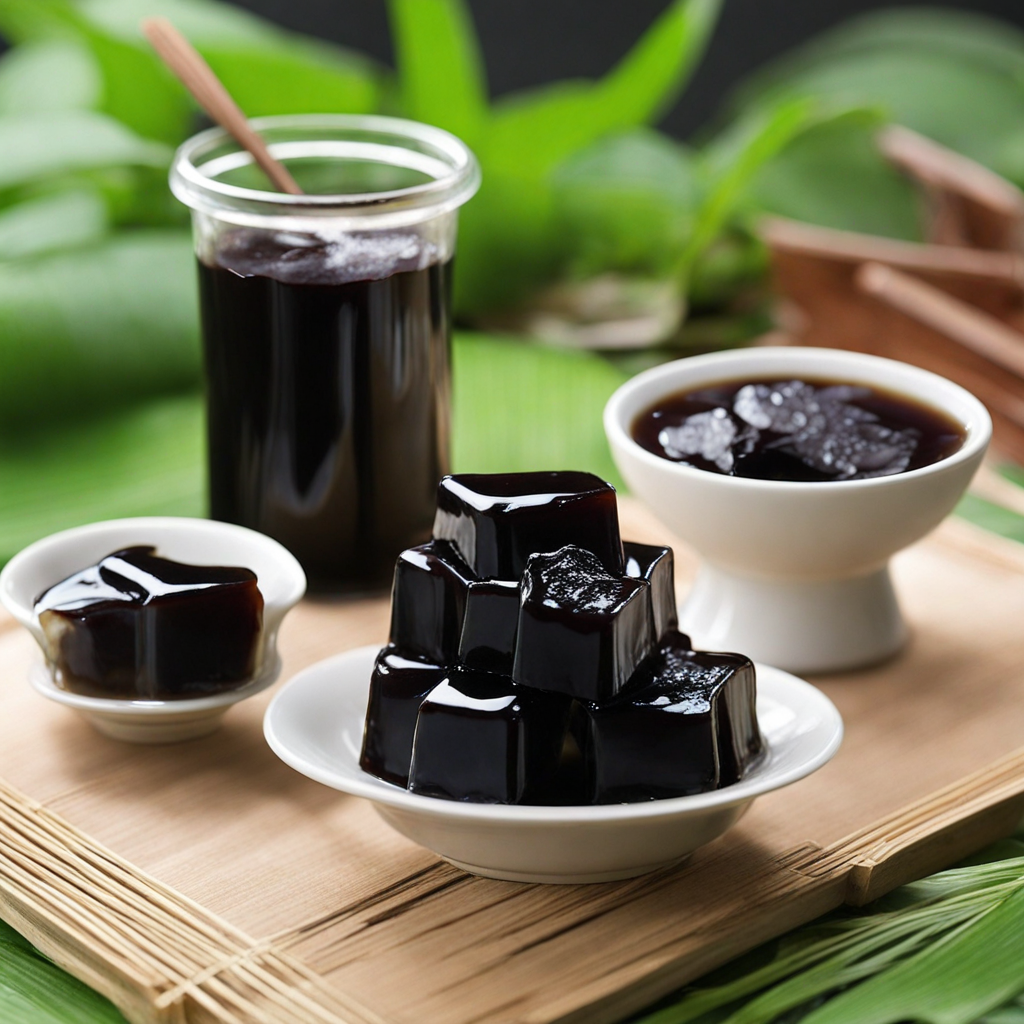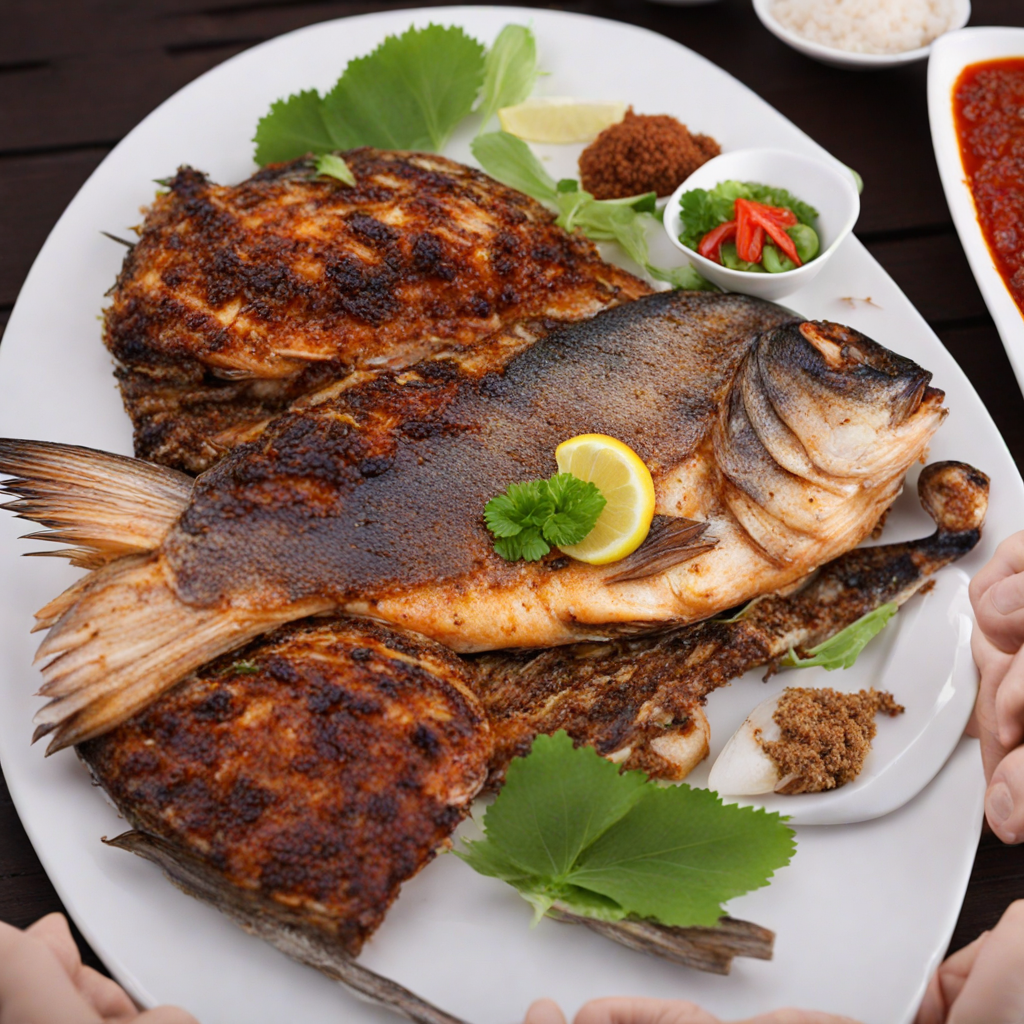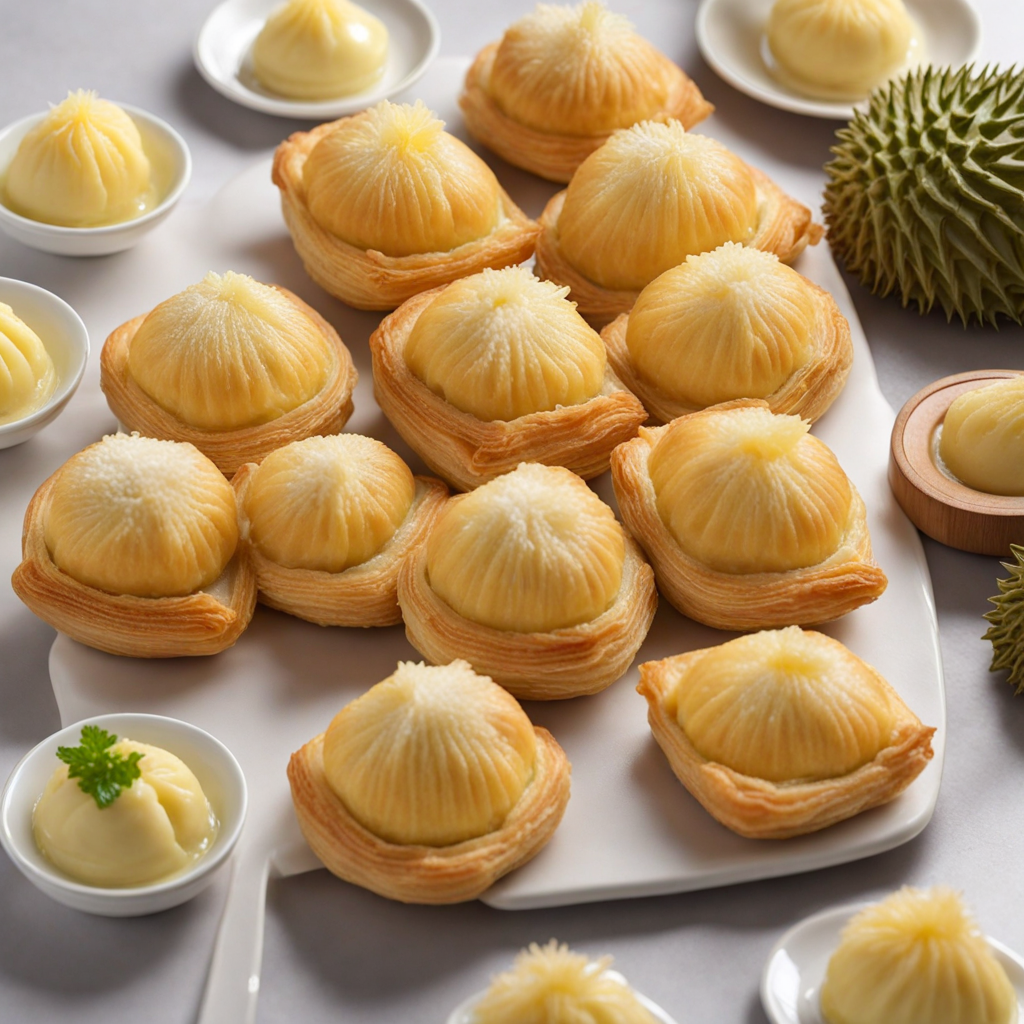Bandung
Bandung is a delightful beverage that embodies the vibrant and diverse culinary heritage of Singapore, showcasing the region's unique flavors. This refreshing drink is primarily made from rose syrup, which gives it a striking pink hue and a fragrant floral aroma. The syrup is typically mixed with cold milk, creating a creamy texture that balances the sweetness of the rose flavor. Often served over ice, Bandung is particularly popular in the sweltering tropical climate of Singapore, providing a cooling respite while tantalizing the taste buds with its unique combination of floral and creamy notes. In addition to its base ingredients, Bandung can be easily customized with variations that enhance its flavor profile. Some versions include a dash of evaporated milk or condensed milk, adding richness and a hint of caramel sweetness. Others might incorporate a splash of pandan or coconut milk, introducing a subtle nuttiness that complements the rose. This versatility ensures that Bandung can cater to a wide range of palates, making it an accessible and enjoyable choice for anyone looking to explore new tastes. Beyond its delicious flavor, Bandung is often accompanied by a sense of nostalgia and celebration in Singaporean culture. It is commonly found at festive occasions, family gatherings, and even in hawker centers, where food lovers can savor its delightful taste. The drink's bright color and floral essence make it visually appealing, while its unique flavor profile creates an unforgettable experience for those willing to discover this hidden gem. Whether enjoyed on its own or as an accompaniment to spicy dishes, Bandung is a must-try for anyone seeking to expand their culinary horizons.
How It Became This Dish
The History of Ban Dong (班冬): A Culinary Gem of Singapore #### Introduction Ban Dong (班冬) is a traditional dessert that encapsulates the rich tapestry of culinary influences in Singapore. With its roots deeply embedded in the heritage of the Peranakan culture, this sweet treat is a testament to the fusion of Chinese, Malay, and Indonesian flavors that characterize the region's gastronomy. While not as widely known as other desserts, Ban Dong boasts a unique identity and a fascinating history that reflects the evolution of Singaporean cuisine over the centuries. #### Origins: The Peranakan Heritage The origins of Ban Dong can be traced back to the Peranakan community, descendants of Chinese immigrants who settled in the Malay Archipelago between the 15th and 17th centuries. These settlers, primarily from the Fujian province of China, integrated with local Malays, adopting and adapting various cultural practices, including culinary traditions. Ban Dong is a classic example of this fusion. The name itself is derived from the Hokkien dialect, with "班" (ban) meaning "class" or "group" and "冬" (dong) often associated with "winter" or "cold." However, in the context of this dessert, it refers to the unique preparation method that makes it a beloved cold treat. The dessert is primarily made from glutinous rice flour, which is molded into a dough and then filled with a sweetened mixture of coconut and palm sugar. The use of coconut is particularly significant, as it highlights the influence of Southeast Asian flavors, while the glutinous rice flour reflects Chinese culinary traditions. This combination creates a dessert that is not only delicious but also culturally significant, serving as a symbol of the Peranakan identity. #### Cultural Significance Ban Dong is more than just a dessert; it embodies the spirit of community and celebration within the Peranakan culture. Traditionally, it is served during festive occasions, such as weddings, Chinese New Year, and other auspicious gatherings. The preparation of Ban Dong often involves the participation of family members, reinforcing social bonds and sharing culinary knowledge across generations. In addition to its celebratory role, Ban Dong holds a deeper significance in the context of cultural preservation. As globalization increasingly influences local food practices, traditional recipes like Ban Dong serve as a reminder of Singapore's rich heritage. The dessert is often featured in cultural festivals and heritage events, where it is showcased alongside other traditional Peranakan dishes, thereby educating younger generations about their roots and the importance of maintaining culinary traditions. #### Development Over Time The evolution of Ban Dong is a reflection of the broader changes in Singaporean society and its culinary landscape. In the early days, this dessert was primarily made at home, with families passing down recipes and techniques through generations. The ingredients were simple and locally sourced, ensuring that the dessert was accessible to the community. As Singapore underwent significant economic and social transformations in the 20th century, the culinary scene began to diversify. The rise of food hawkers and the establishment of food courts provided a platform for traditional desserts like Ban Dong to reach a wider audience. Street vendors began to sell this delicacy, often adapting the recipe to cater to modern tastes, which included variations in sweetness levels and presentation. In the late 20th and early 21st centuries, Singapore's culinary landscape underwent a renaissance, with a renewed interest in traditional foods. Chefs and home cooks alike began to experiment with Ban Dong, incorporating innovative techniques and contemporary twists. For example, some modern renditions include additional flavors, such as pandan or durian, which cater to the evolving palates of Singapore's diverse population. Moreover, the rise of social media and food blogs has played a crucial role in popularizing Ban Dong among younger generations. Pictures of the colorful, intricate dessert have made their way onto platforms like Instagram, sparking curiosity and interest. This visibility has encouraged more people to seek out traditional desserts, leading to a resurgence in demand for authentic Ban Dong, often made by elder cooks who have preserved the traditional methods. #### Contemporary Scene Today, Ban Dong can be found in various establishments across Singapore, from traditional Peranakan restaurants to modern dessert shops. Each vendor brings their unique flair to the dish, resulting in a delightful variety of flavors and presentations. Some shops offer Ban Dong in bite-sized pieces, elegantly arranged on platters, while others serve it in creative combinations with other desserts, such as shaved ice or ice cream. The dessert's adaptability has allowed it to remain relevant in the fast-paced, ever-changing culinary landscape of Singapore. It is not uncommon to see Ban Dong featured in food festivals, where chefs showcase their interpretations alongside other traditional dishes, fostering a sense of pride in local heritage. Additionally, as Singapore continues to position itself as a global food destination, the inclusion of Ban Dong in culinary tours and cultural experiences highlights its importance. Tourists are increasingly interested in exploring the authentic flavors of Singapore, and Ban Dong serves as an excellent introduction to the rich culinary heritage of the Peranakan community. #### Conclusion Ban Dong (班冬) is more than just a sweet treat; it is a cultural artifact that tells the story of Singapore's diverse culinary heritage. From its origins in the Peranakan community to its role in contemporary food culture, Ban Dong reflects the resilience and adaptability of traditional food practices. As it continues to evolve and capture the hearts of both locals and tourists alike, this dessert remains a delicious reminder of the rich tapestry of flavors that define Singaporean cuisine. The future of Ban Dong looks promising, with a renewed appreciation for traditional foods and a commitment to preserving culinary heritage within the vibrant melting pot that is Singapore.
You may like
Discover local flavors from Singapore







